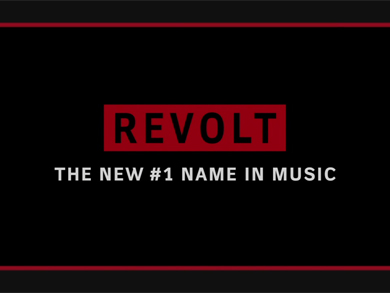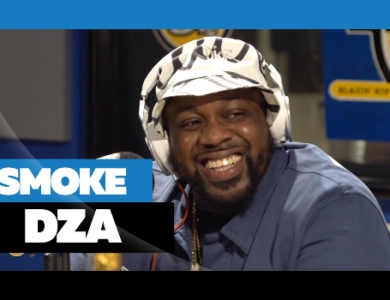
If you live in the States, say goodbye to the Ford Ranger. The oft-neglected baby pickup from the Blue Oval is set to end production at its Twin Cities Assembly Plant in Minnesota next year, thereby kicking Dearborn out of the segment for the first time in nearly 30 years. The rest of the world won’t be without a Ranger, though. Ford is set to pull the sheets back on the newest version of the global truck at the Australian International Motor Show next month, though released this intriguing teaser image in the meantime. It’s bigger, slated for 180 markets spread all over the planet and it ain’t for us. The question is: Why not?
More after the jump…
In order to head that quandary off at the pass, Ford wanted to us in on its reasoning behind killing off the Ranger in the U.S. market. Derrick Kuzak, Ford’s Vice President of Global Product Development, was kind enough to give us a few minutes out of his time to answer that question and more. Get the answers after the jump.
The official answer as to why the Ranger will no longer be available in America is that the new global platform is simply too close in size to the F-150. Kuzak says that the new global Ranger is 90 percent of the size of the current F-150 and that American buyers would just as soon spend a little more money for a larger, more capable vehicle. But if the two trucks are so close in size, why didn’t the company take the F-150 global and do away with the Ranger all together?
“That ten-percent size difference does make a difference,” Kuzak said. “Right-hand drive is required in the rest of the world and other regulations, both safety and emissions, impacted that decision.”
But there are other forces at work, too. Kuzak notes that the compact pickup market in America has been declining for the past 15 years, dropping from eight percent of the industry in 1994 to around two percent today. Even so, Ford says that on average, it still sells around 75,000 Rangers a year. And that’s on a platform that hasn’t received a significant powertrain or styling update since 1993. The North American Ranger is about as zombified as a vehicle can get, and yet a good number of buyers remain happy to hop into a new one and take it home in favor of its brawnier big brother.
That said, Ford has conducted research that shows that the majority of Ranger buyers don’t purchase the vehicle because it’s a pickup. Instead, they come into the showroom looking for the least expensive, most economical Ford available.
“They were looking for affordable transportation. Within our Ford lineup today and increasingly going forward, we’re providing them more alternative affordable transportation than we’ve ever done.”
Until just recently, the doomed Ranger filled that role, but now that the Fiesta has arrived, the company expects to see even more buyers flee from the compact truck. Meanwhile, those that have their heart set on an actual work vehicle can turn to offerings like the company’s Transit Connect van.
The final nail in the Ranger’s coffin comes courtesy of the 2011 F-150, which will boast new, more efficient drivetrain options. Buyers will be able to outfit their massive pickups with a 3.7-liter, naturally aspirated V6 or a twin-turbo 3.5-liter V6, both of which will be bolted to a six-speed automatic. Ford hasn’t released specifics on fuel economy just yet, but we’re expecting the numbers to come close to embarrassing the 24.5 mpg combined of the 2010 Ranger while having far greater capabilities. And of course, the Blue Oval stands to make healthier margins on the F-Series than it would if it had to design a new model from the ground-up and sell it in smaller numbers.
All that said, as we’ve heard from many of our readers, even if the new V6 F-150 models net excellent fuel economy figures, some truck buyers say they simply won’t be interested because full-size trucks are harder to maneuver and park. A few have even said they still feel wastefully profligate and unwieldy. And with ever-pressing CAFE standards and many U.S. consumers in need of a light-duty pickup to run trash to the dump or to snag a few sticks of lumber from the home improvement store, it feels like Ford could be leaving the compact truck segment at exactly the wrong time.
Sadly, we’ll never know how well the Ranger would have fared if Ford continued its development, and while thoughts of a stripped-out truck with an Ecoboost four-cylinder, six-speed manual transmission and not much else has us giggling like hatters, the Blue Oval clearly doesn’t think it can find enough profit in small pickups.
Words by Zack Bowman












